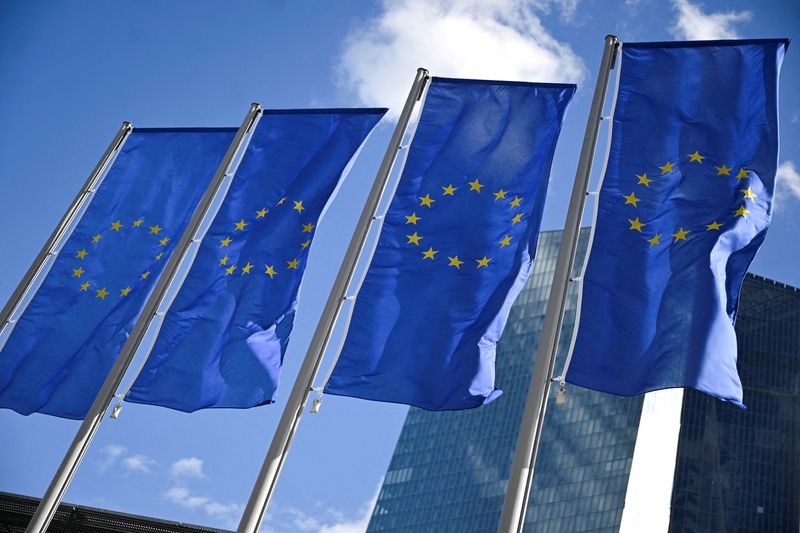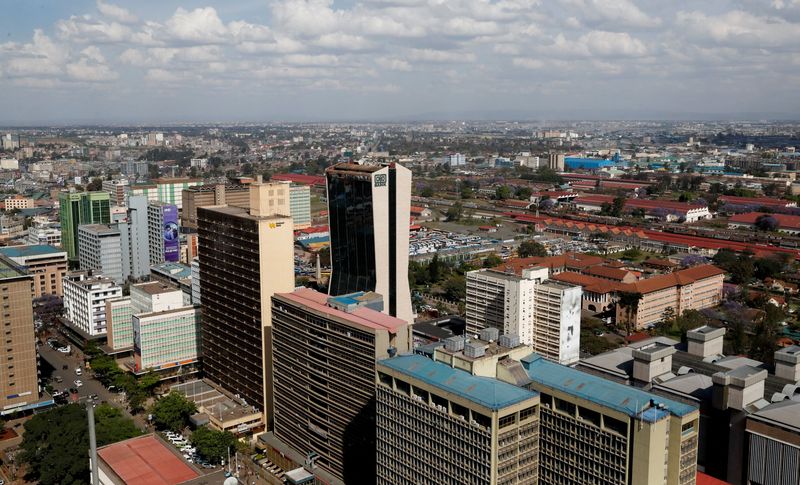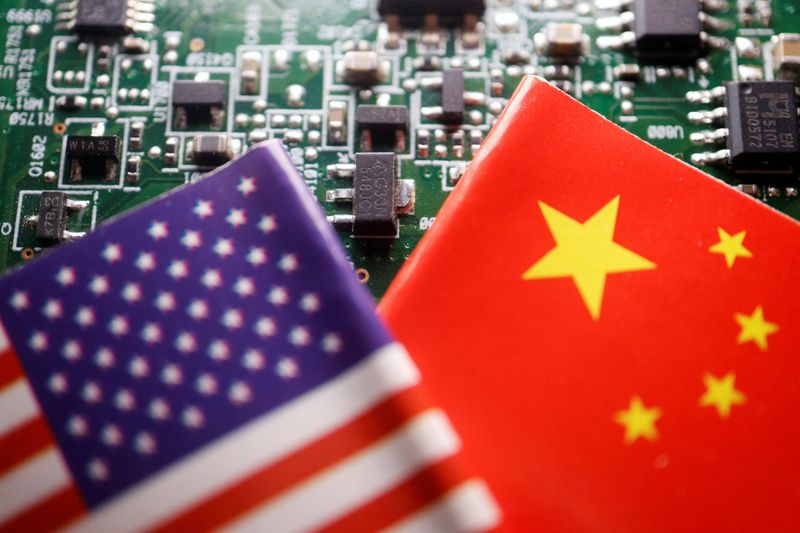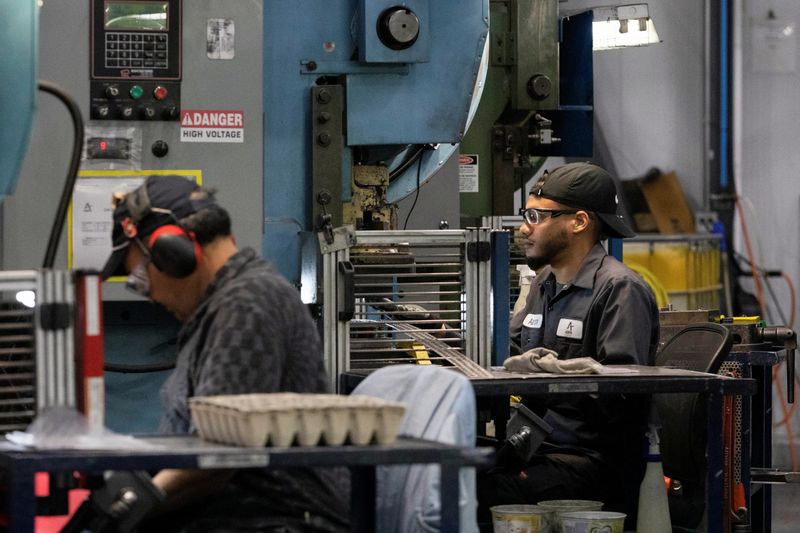By Shivangi Acharya and Manoj Kumar
NEW DELHI (Reuters) -India’s merchandise trade deficit in October widened more than expected to $27.14 billion, driven by a rise in imports despite exports increasing year-over-year.
Economists had expected the country’s October trade deficit to be $22 billion, according to a Reuters poll, compared to $20.78 billion in the previous month.
India’s merchandise exports in October rose 17.26% year-on-year to $39.2 billion while imports rose 3.88% to $66.34 billion, government data released on Thursday showed.
In the previous month, merchandise exports were $34.58 billion and imports stood at $55.36 billion.
India’s total exports are expected to rise above $800 billion in the fiscal year ending in March 2025, Trade Secretary Sunil Barthwal told reporters after the release of the trade numbers.
The export performance was expected to remain strong, driven by government’s strategy to focus on selective products and markets, he said.
India’s total exports touched $776.68 billion last fiscal year, according to government estimates, almost at the same level as a year ago.
“Engineering and electronic goods are some of the focus sectors. They are doing well,” the official said, citing the rise in exports of these items during the first seven of the fiscal year.
Engineering exports rose to $67.49 billion during April-October, compared to $61.5 billion from a year earlier, and electronics goods shipments rose to $19.07 billion from $15.42 billion during the same period, the data showed.
Merchandise trade deficit in April-October period rose to $164.65 billion, up 10% from $149.67 billion a year ago.
In October, services exports were estimated at $34.02 billion, and imports at $17 billion against $30.61 billion and $16.32 billion, respectively, in the previous month.
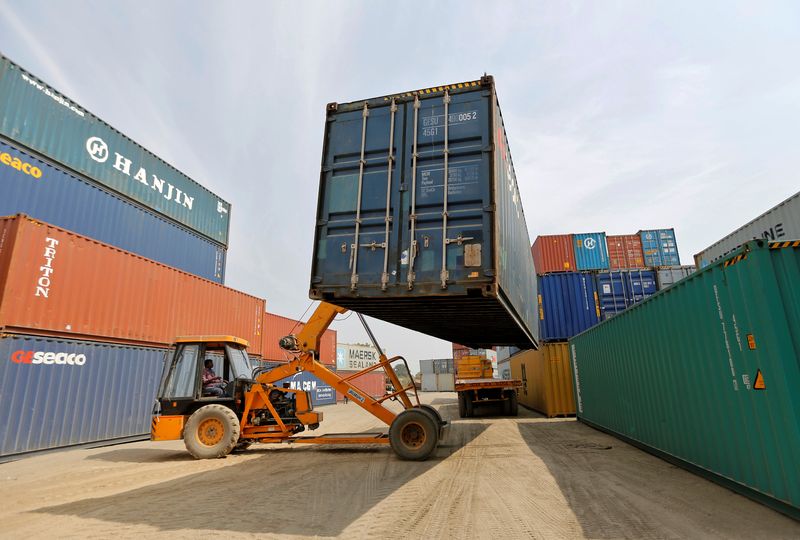
Gold imports rose to $7.13 billion in October, up from $4.39 billion in the previous month, while crude oil imports rose to $18.2 billion from $12.5 billion, the data showed.
Bullion imports had risen to $10.06 billion in August, the highest since March 2021, after the government slashed the import tariff on the yellow metal in July.


